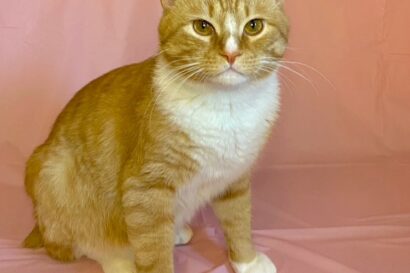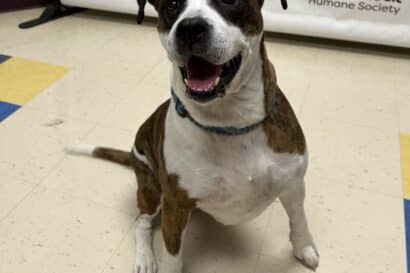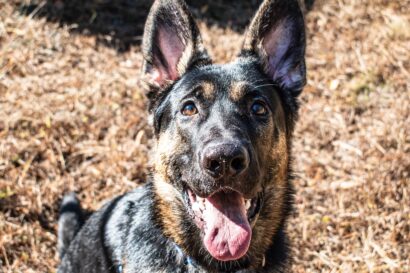
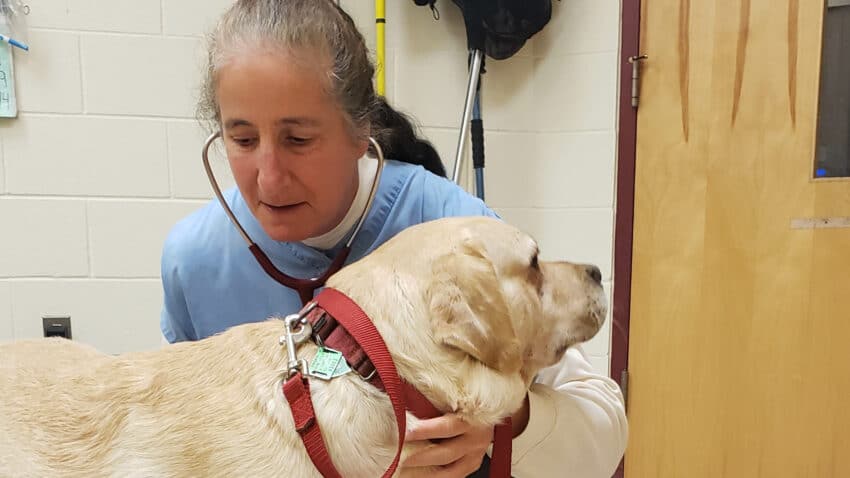
For over 145 years, Monadnock Humane Society has served the Monadnock region by providing compassionate care and aid to animals and people. The citizens who joined together in 1875 to form the Keene Humane Society did so because they recognized that cruelty is the enemy of civilization and they wanted to alleviate suffering. They could not have imagined that their efforts would be continued and even expanded by equally passionate citizens and reverberate well into the 21st Century.
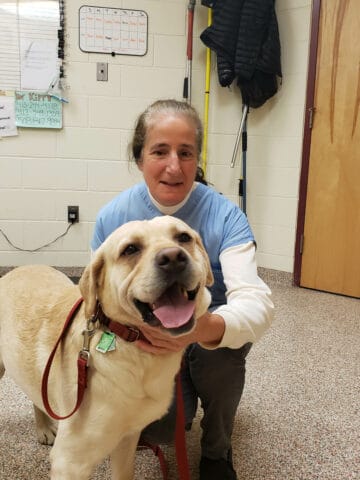
The animal welfare field has changed drastically since then, but even so – compassion has always been at the heart of the work done by MHS. In the past ten years and we continue to see new trends and models developing. One model that we are most aligned with and have officially signed onto to show our commitment to ensure that our animals have the best outcomes is the “Socially Conscious Sheltering” model. Here are some of the highlights of what it means to be a Socially Conscious Shelter and how MHS is assimilating and adopting those standards:
A Socially Conscious Shelter …
…ensures that every unwanted or homeless pet has a safe place to go for shelter and care. At MHS, we serve 44 towns and are available 24 hours a day, 7 days a week, and 365 days a year to meet this need. And, as an open adoption facility, we will never turn away any unwanted pets.
…assesses the medical and behavioral needs of homeless animals and ensuring these needs are thoughtfully addressed. At MHS, we ensure that pets within the shelter are receiving timely and appropriate veterinary care and that mental health needs of animals housed in a shelter are understood. Enrichment is provided, including toys, exercise, space, elevated perching areas, hiding places and behavioral training.
…places every healthy and safe animal. At MHS, healthy is defined as a good or excellent prognosis for a comfortable life. Safe means that the animal has not exhibited behavior that is likely to result in severe injury or death to another animal or person. If a euthanasia decision needs to be made, it is never made based on how long a pet has been at the shelter, or the number of cages.
…aligns shelter policy with the needs of the community. We are committed to communicating directly and intentionally with members of the community and other organizations we serve to ensure that we are meeting unmet needs. We feel we are an integral part of the community and understand that we have to remain fluid and adapt as the conversations change. Services such as the Animal Safety Net, emergency boarding, a pet food pantry, rabies vaccination/microchipping clinics, low-cost feline spay/neuter clinics are a few of the many services and programs we currently offer and will continue to build on.
…alleviates suffering and make appropriate euthanasia decisions. At MHS, each decision is made with all of the available information regarding an animal, both historically and through individual evaluation. If an animal suffers from a disease or injury that cannot be addressed with reasonable intervention, then euthanasia may be appropriate. These are very similar to the decisions made by pet owners for their beloved pets at the end of the pet’s life.
…enhances the human-animal bond through safe placements and post adoption support. At MHS, our staff work hard to understand the lifestyle of the adopter and the needs and traits of the pet to make the best match possible. If, for any reason, the match doesn’t work out we will always take the animal back. As part of our on-going support we do a post-adoption call, provide discounted training, rabies vaccinations, microchip/lost pet assistance, and have staff available to answer questions regarding an adopted pet’s care. This is to ensure a successful future for the pet and owner.
…considers the health, wellness and safety of animals for each community when transferring animals between communities. Moving dogs and cats from communities that do not have homes available for them to our community where people are actively seeking pets saves lives. At MHS, we ensure that communities are supported to work toward solving pet overpopulation and as we move animals we help educate and support the overpopulated area about care of pets.
…reduces, manages and discloses risks for animals and people in the community that receives the animal(s). At MHS, we understand any infectious disease risks that might be brought into our area and proactively manage these risks. (Heartworm disease is a good example). We do so through careful medical diagnosis and quarantine management with a highly-trained staff and veterinary team.
As we adopt and expand on these principles, and evolve to meet the needs of our community we realize how fortunate we are to live in a region that understands and supports the work we do. It’s because of you that we are able to accomplish so much. Monadnock Humane Society receives no state or federal funding, and is not affiliated with other national or international humane organizations such as the HSUS or ASPCA – we rely on the generosity of the community for support. We are excited about the changes we see down the road and are thankful to be going on this journey together with you.
For more information about MHS, visit our website at www.monadnockhumanesociety.org. To read more about the Socially Conscious Sheltering model, visit the website at http://scsheltering.org/
